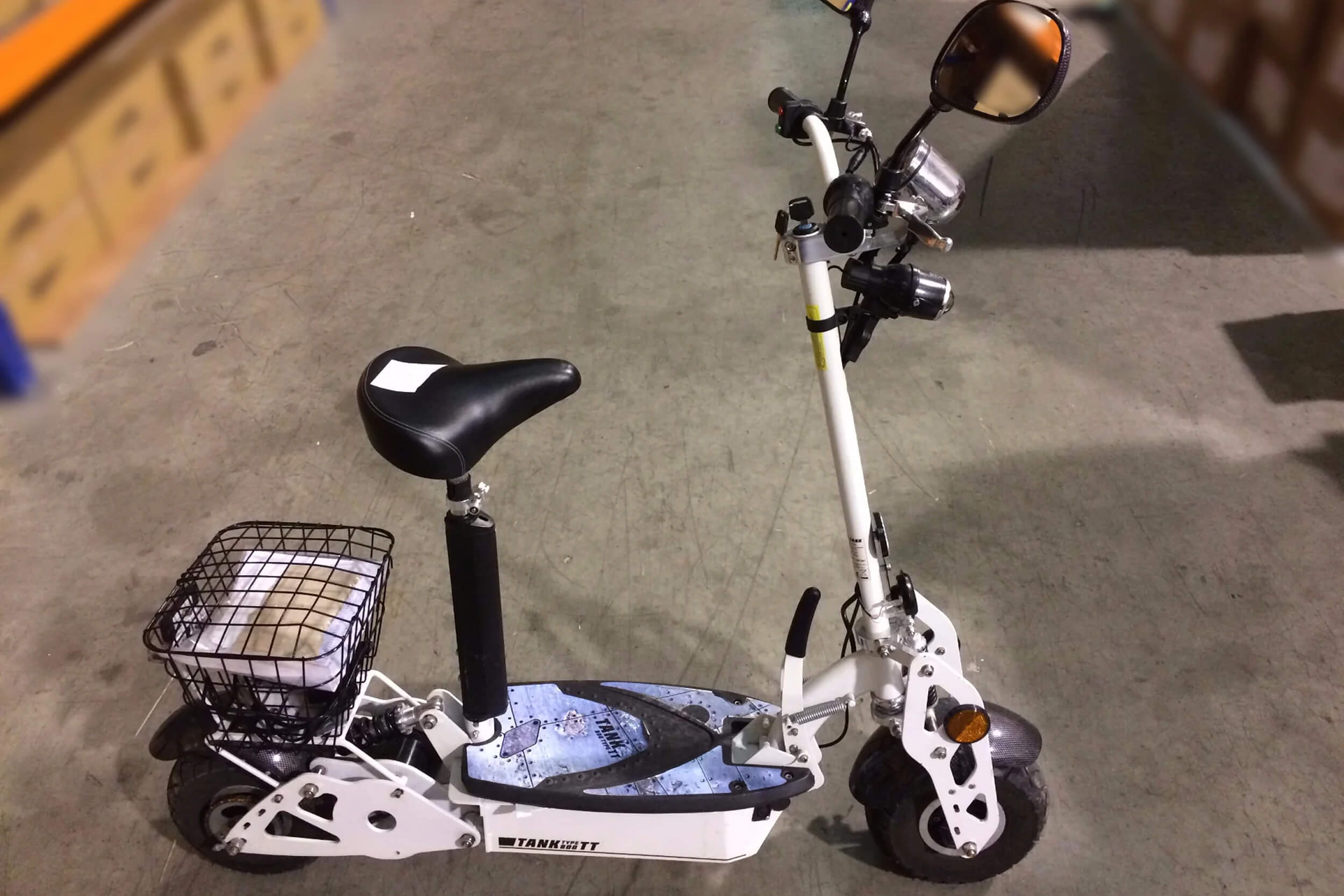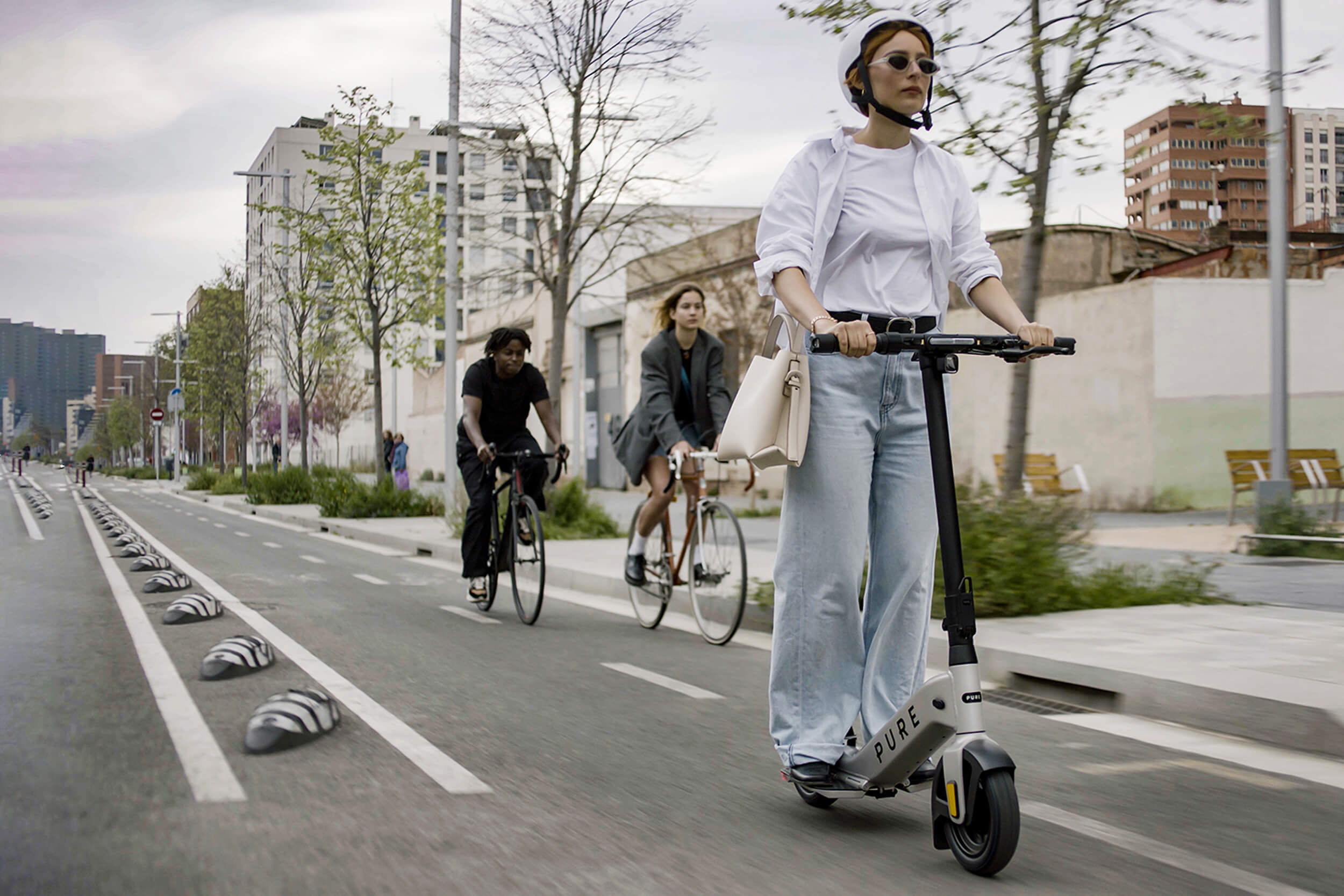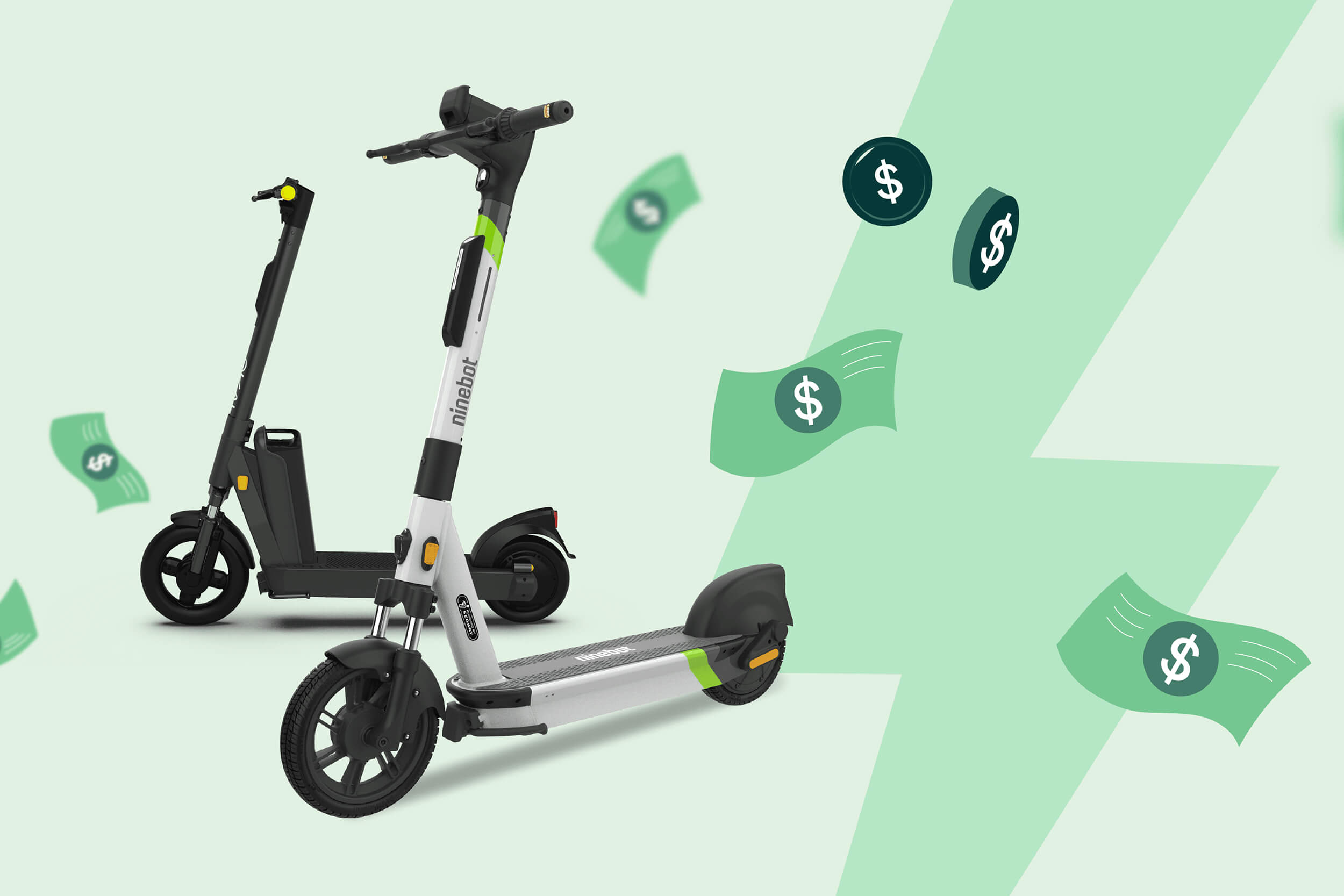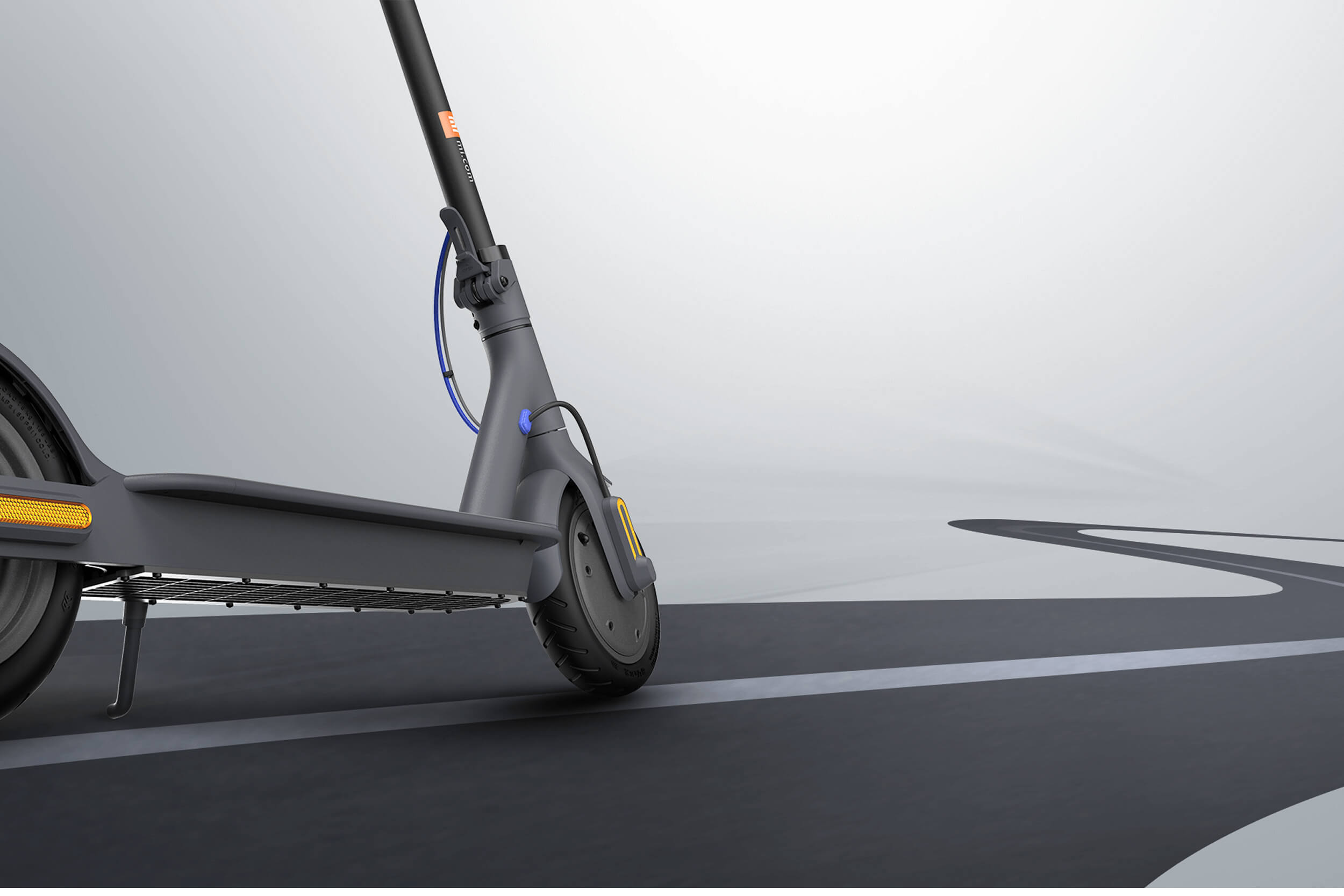
Maximize Your E-Scooter’s Travel Distance
August 15, 2025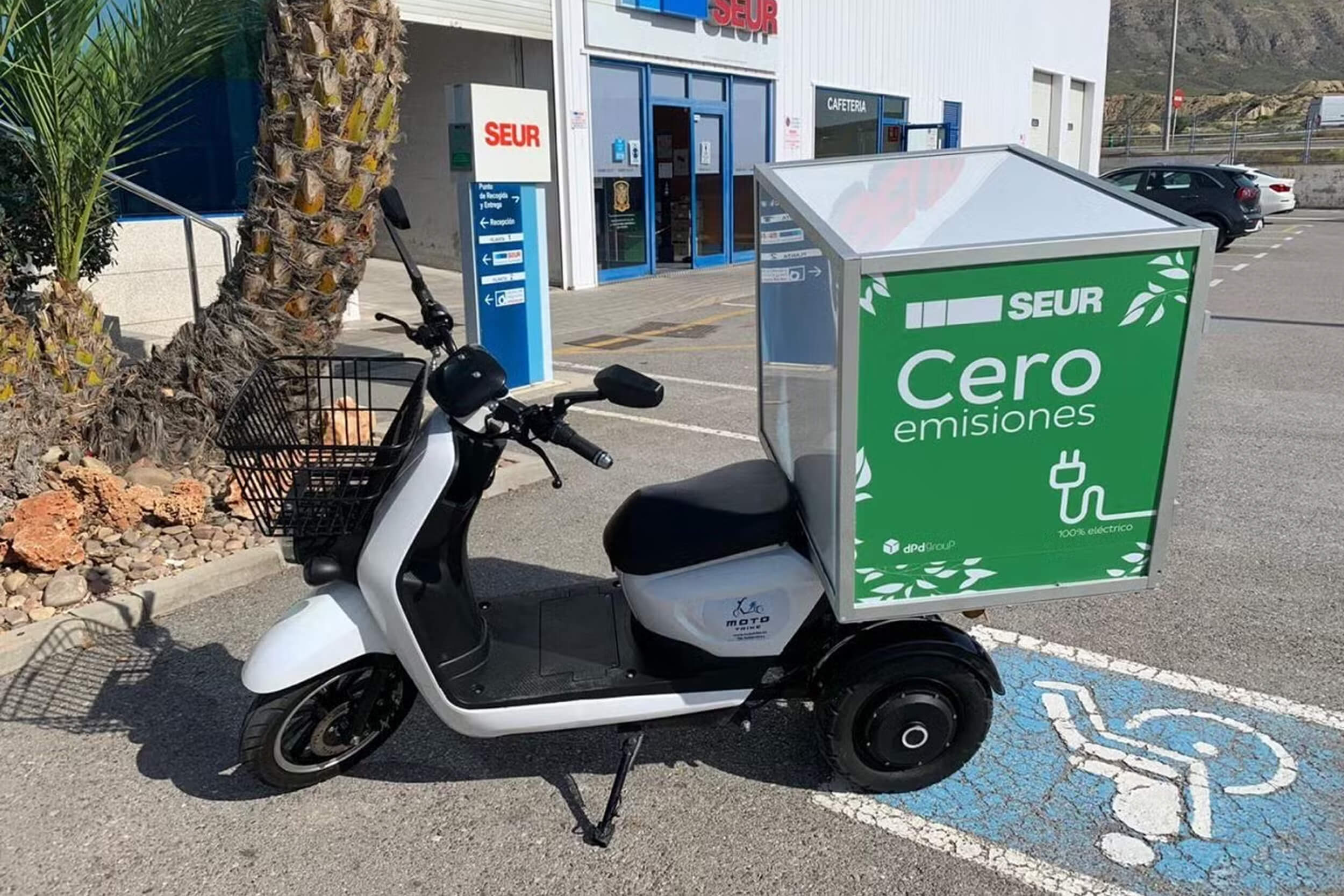
How E-Scooters Transforming Last-Mile Delivery
September 15, 2025Why Second-Hand E-Scooters Are the Future of Sustainable Urban Transport
In the race toward greener cities and cleaner air, electric scooters have emerged as an essential part of the modern urban landscape. But as e-scooter sales rise, so too does the environmental footprint of their production. For all their benefits, new e-scooters still require raw materials, factory emissions, and extensive shipping to reach consumers.
There’s a better way forward—and it doesn’t involve brand new products. It involves embracing a smarter cycle of ownership. Second-hand e-scooters are becoming a powerful symbol of conscious consumerism, circular economy thinking, and sustainable mobility. Not only do they reduce waste and emissions, but they also make personal electric transport more accessible and affordable.
At Scootshop, we believe that the future of micromobility isn’t just electric—it’s reused, rebuilt, and reimagined.
The Hidden Cost of “New”
On the surface, purchasing a brand-new scooter feels like a clean choice. After all, you’re replacing car trips with electric power. But manufacturing a new scooter from scratch takes a toll on the planet.
Each frame, motor, battery, and circuit board requires materials like aluminum, steel, copper, and lithium—all of which are mined, processed, and transported across long distances. Then there’s the packaging, warehousing, and international shipping involved in getting that shiny new scooter to your door.
And here’s the catch: many of these scooters are discarded after just a couple of years, even if much of their hardware still functions perfectly.
In contrast, extending the life of a used scooter cuts its carbon footprint dramatically—without sacrificing performance.
Giving Machines a Second Life
What makes a scooter “used” is often very minor: a worn tire, a sluggish battery, or outdated software. In many cases, these problems can be repaired or upgraded at a fraction of the environmental cost of manufacturing a new device.
Rebuilding batteries, for example, doesn’t require producing an entirely new pack. It often involves replacing individual degraded cells while keeping the case, electronics, and connectors intact. Similarly, replacing a folding latch or tightening a brake cable can return a scooter to road-ready condition.
This process of restoring instead of replacing is at the heart of circular mobility—an approach that prioritizes reuse over production.
Scootshop takes this model further by connecting buyers and sellers of second-hand e-scooters in a trusted marketplace, ensuring that quality standards are met and that buyers know exactly what they’re getting.
Affordability Meets Accessibility
In cities around the world, cost remains a significant barrier to adopting sustainable transport. Not everyone can afford a $1,200 premium scooter. And even mid-range models often sit out of reach for students, part-time workers, or eco-minded individuals living on a budget.
Second-hand scooters open the door to sustainable travel for more people. They offer excellent value for money while retaining key features like regenerative braking, smartphone connectivity, and decent range.
By lowering the price of entry, refurbished e-scooters can help accelerate the transition away from fossil fuel transportation, one rider at a time.
A Cultural Shift in Mobility
More than a product choice, buying second-hand represents a mindset shift. It reflects a growing awareness that convenience doesn’t have to come at the cost of conscience.
Much like the trend toward thrifting clothes or repurposing electronics, choosing a second-hand scooter tells the world you care about impact, not just appearance. It celebrates resourcefulness and responsibility. And it proves that sustainable solutions don’t have to be complicated or out of reach.
Cities are also taking notice. Some municipalities are launching programs to subsidize refurbished scooters, promote battery recycling, or partner with local circular economy startups like Scootshop. What began as a niche alternative is rapidly becoming a movement.
The Scootshop Vision
We didn’t create Scootshop to be another e-commerce platform. We built it to change how people think about ownership.
Our platform vets listings, supports battery rebuilding, and encourages sellers to disclose repair history and usage details. Buyers get access to dependable second-hand scooters with transparent pricing, condition reports, and, in many cases, newly rebuilt batteries. Sellers, meanwhile, gain a reliable place to resell their old gear—and help someone else go electric.
The result? Less waste. More access. And a community of riders who believe in smarter choices.
Conclusion
The future of urban mobility is not just electric—it’s sustainable in every sense. Second-hand e-scooters offer a real solution to the growing demand for clean, efficient, and responsible transportation. They make personal mobility more inclusive and reduce the need for constant production.
Whether you’re a first-time rider, a daily commuter, or someone simply looking to reduce your carbon footprint, choosing second-hand is more than just a good deal—it’s a good decision.
At Scootshop, we’re proud to lead this shift. Together, let’s ride farther, waste less, and build cities that move toward a more sustainable future.
